Hugh Wallace has a genuine affection for a type of house that very few of his fellow architects share – bungalows.
“People talk about old architecture and thatched cottages and all the yummy romantic stuff but, whether you like it or not, the bungalow is as much a part of the Irish landscape and the Irish psyche as any of them,” he says. “Fine, it’s a bit of an ugly one, but really we need to get over ourselves. Just as the Beetle was the People’s Car, the bungalow was the People’s House.”
To coincide with the 50th anniversary of the famous book that brought the bungalow to rural Ireland – Jack Fitzsimon’s Bungalow Bliss featured 20 plans for affordable, functional bungalows – Wallace will soon helm a TV show, My Bungalow Bliss, focused on the humble single storey.
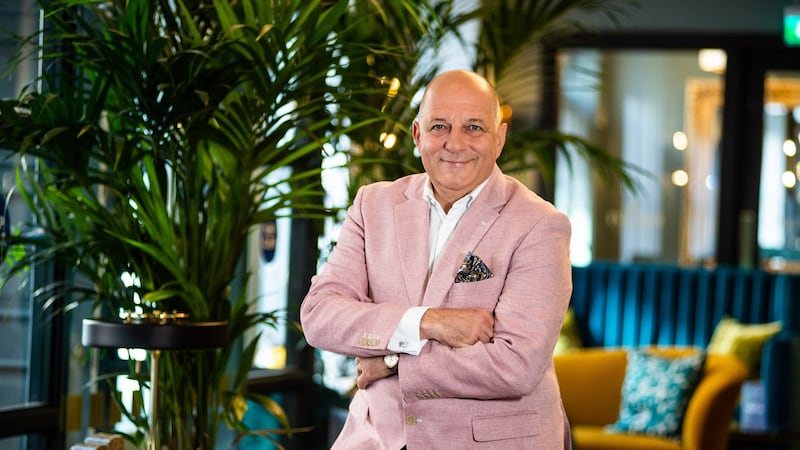
In the RTÉ series, bungalow owners are paired with four architects who will update their properties. According to Wallace, there has been no shortage of applicants.
Perhaps it’s no wonder: the bungalows in the 1960s and 1970s were constructed simply, often out of necessity, and with function squarely in mind. There was little talk of a vogueish home entertaining space, a home office or even a multi-function room at the time.
“They allowed people to move out from dreadful conditions in rural Ireland and were a godsend,” says Wallace. “The reason I love a bungalow is because they’re fully insulated with big open spaces around them. They’re all standing there.”
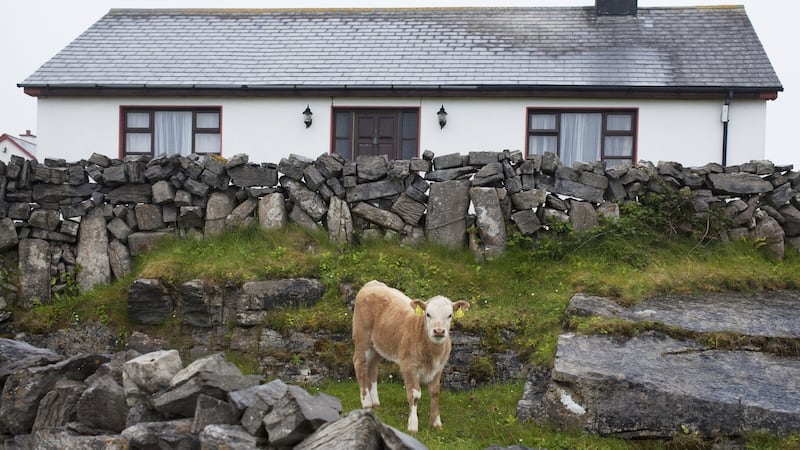
Many architects and buyers have “turned their nose” up at them down the years, says Wallace. Synonymous with the countryside, urbane buyers often sought out more modish, multistorey homes. “The ‘D4s’ said ‘look what bungalows have done to our countryside’,” says Wallace. “They sometimes look like space ships surrounded by tarmac, but it’s easy today to transform a bungalow into a thing of beauty.’
Sarah Jackson’s bungalow in Mounttown Road, Dún Laoghaire, is certainly a structure that is easy on the eye. With clean lines and a bright minimalist interior, she and her husband moved from Killiney into the property in 2012.
The couple made various improvements to the structure, originally built in 2001. “There were cheap electrical fittings, inadequate radiators and the insulation was a joke, so we had to improve all those things,” explains Sarah. Primarily, they wanted a single-storey property that was future-proof.
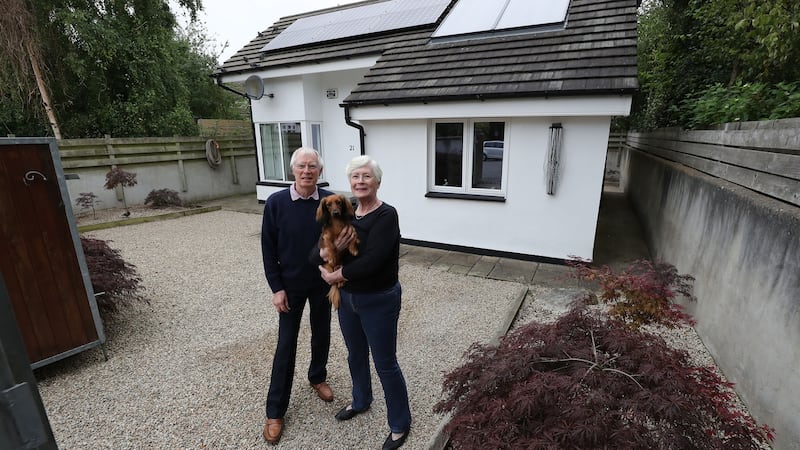
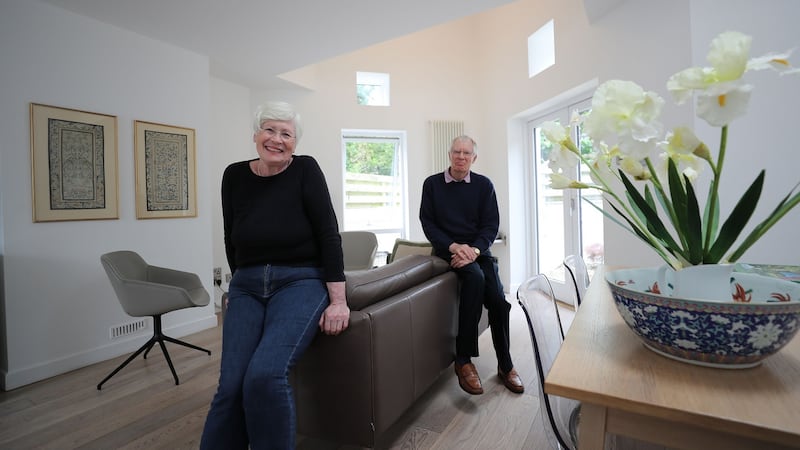
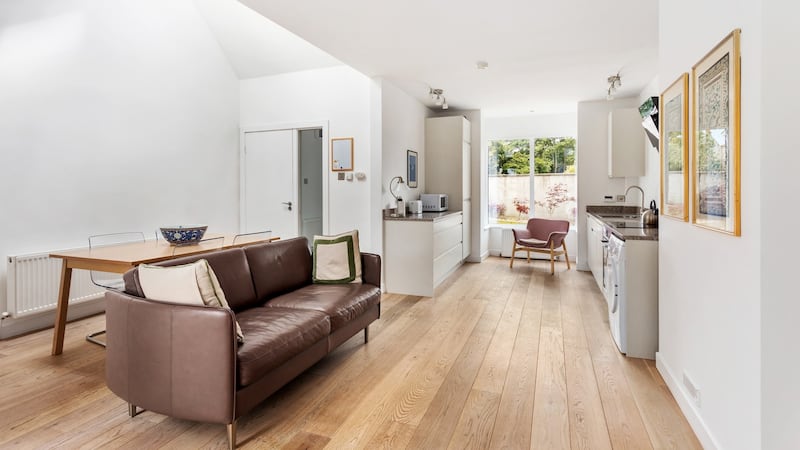
“Because of our age, we realised that stairs might be an issue,” she explains. “As it goes, my husband had hip surgery and I had spinal surgery in the interim. This was perfect – it’s like living in an apartment, but self-contained and with its own garden.”
There are many advantages to bungalow living, but lockdown brought unforeseen challenges.
“Lockdown was tough – we are both over 70 so we had eight weeks of not being outside the front gate,” Sarah recalls. “We have one enormous kitchen-dining-living area, and in lockdown it would have been handy if there was another study.”
Deciding it was time to move on, they recently placed the property on the market, and it went sale agreed, reaching close enough to its asking price, within a fortnight.
“It’s time for an apartment,” says Sarah. “A house always needs something done to it.”
Despite their prevalence in rural Ireland, Rena O’Kelly, director in Sherry FitzGerald residential, notes that within Dublin, bungalows are like “hen’s teeth” and will always come at a premium in sought-after areas.
“There aren’t enough around as it doesn’t make sense to build them because of the cost of land,” she says. “But they often have a wide appeal to people trading down and families, who might look at bungalows with a view to extending them.”
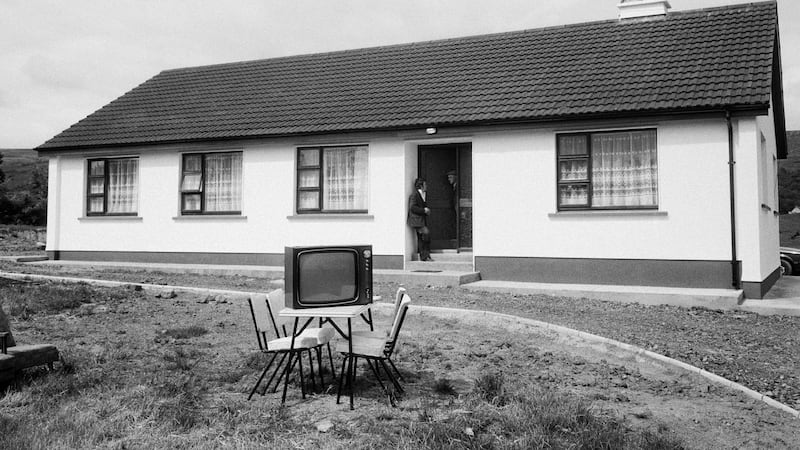
For many thousands of people, Bungalow Bliss was a godsend. Others regard it as a curse
Yet for years, the bungalow, especially the off-the-peg variety, was seen as an aesthetic blight on the property landscape. Even Fitzsimons wrote in his follow-up, Bungalow Bliss Bias, published posthumously: “For many thousands of people, Bungalow Bliss was a godsend. Others regard it as a curse.”
“It was cheap architecture that came from a book,” concedes Wallace. “They had long corridors – most of them were 800mm wide to give an extra couple of inches to the rooms – and the windows were at a horrible height. They were not aesthetically pleasing. But the reality of it is that the people building these houses were pinned to their collar.”
Referring to the bungalow’s fall from favour, O’Kelly adds: “We’re quite conventional in our way of thinking. Most of us grew up living on the ground floor and sleeping on the first floor, and some people might be a little uncomfortable changing that. There was definitely a time when they weren’t fashionable, but therein lies the potential. A lot of them have great sites because when they were built, the premium on land wasn’t what it is today.”
Robert Lawson of Lisney Leeson Street is selling a well-appointed three-bedroom bungalow at Nutley Road in Donnybrook (€895,000) and he agrees that the demand for bungalows is always high, particularly among those looking to downsize.
“In all my time selling properties, bungalows have been highly sought after in south Co Dublin,” he says. “They are so much more manageable for clients. I’ve certainly seen clients add a storey, but when it comes back to the natural buyer of a bungalow, they tend to be trading down. Your choice is a bungalow or a good-sized apartment, and there are very few large apartments that might appeal.
“The three-storey house was really pushed on buyers in the early Noughties, mainly because land was so expensive that to make the maths work, developers extended up, as opposed to out,” Lawson explains.
Estate agents, architects and designers are unanimous that bungalows are the ultimate future-proof property, offering as they do the kind of easy accessibility for ageing homeowners that many multistorey homes don’t. Most of them can be easily retrofitted to meet the needs of today’s dwellers.
In any potential refresh, interior designer Sara Cosgrove suggests bringing as much light into a bungalow as possible.
“The first thing I’d do is create the biggest open plan living space possible, and automatically this will open up the lateral space,” she suggests. “I’d also put in a stove as a focal point, which is a modern take on a traditional interior.
“On the upside, a lot of original bungalows will have had a tiled or brickwork fireplace, and they’ve had a recent revival. I’d paint all around that white and keep the brick fireplace,” she adds.
The tunnel-like interior corridor is one feature that almost always needs to be addressed in bungalows
“In terms of energy efficiency, I’d also get the windows replaced with a timber frame – usually they are the uPVC type, and they don’t have good ventilation and allow condensation within the room.
“Because bungalows also tend to have a great outside space around them, I’d try wherever possible to create views and access to that outside space, even from the main bedroom.”
Interior designer Caroline Flannery notes that the tunnel-like interior corridor is one feature that almost always needs to be addressed in bungalows.
“If you can somehow break that up by knocking part of the wall to create a wider ‘corridor’ or adding a couple of console tables at the end, it creates a different space,” she says. “I’m not usually a fan of feature walls, but in the case of a bungalow, I would use a strong dramatic wallpaper, or even a mirror at the end of the corridor.
“I’d be looking at taking part of the ceiling out and adding Velux windows, just to get some light in there, too,” she adds.
“One of the great things about the original bungalows was that the TV room, kitchen and dining room were separate, but I’d certainly consider going open plan in some areas,” Flannery adds.
Wallace, too, suggests some quick ways that might instantly update a typical Irish bungalow: “An easy thing to do is to change the windows, from landscape to portrait. It has an instant aesthetic effect, as does changing the roof tiles to make it look more crisp and modern. If you can put a narrow vertical glass panel that’s frosted into the internal corridor, it’s a nice Scandinavian touch.
“You can make these buildings exceptionally trendy and modern, but you’re using the bare bones of the building.”
For buyers, the snobbery that lingers around bungalows means there could potentially be gems galore out there for first-time buyers.
“Just as it was years ago, the bungalow today is a great starting point for building a house, for a reasonable amount of money,” says Wallace. “They give people, particularly young couples, the opportunity to afford the dream.
“You might be able to afford only half the dream today, but you can design the other half over time, and get your kitchen in, or knock through to put in a main bedroom suite,” Wallace says.
“I suspect when people buy bungalows, they live in them for much longer. After all, a lot of them are sold because someone has often died. But it’s a simpler house style to recycle and upcycle when you have a bit of money.”
My Bungalow Bliss is due to air on RTÉ in 2021









